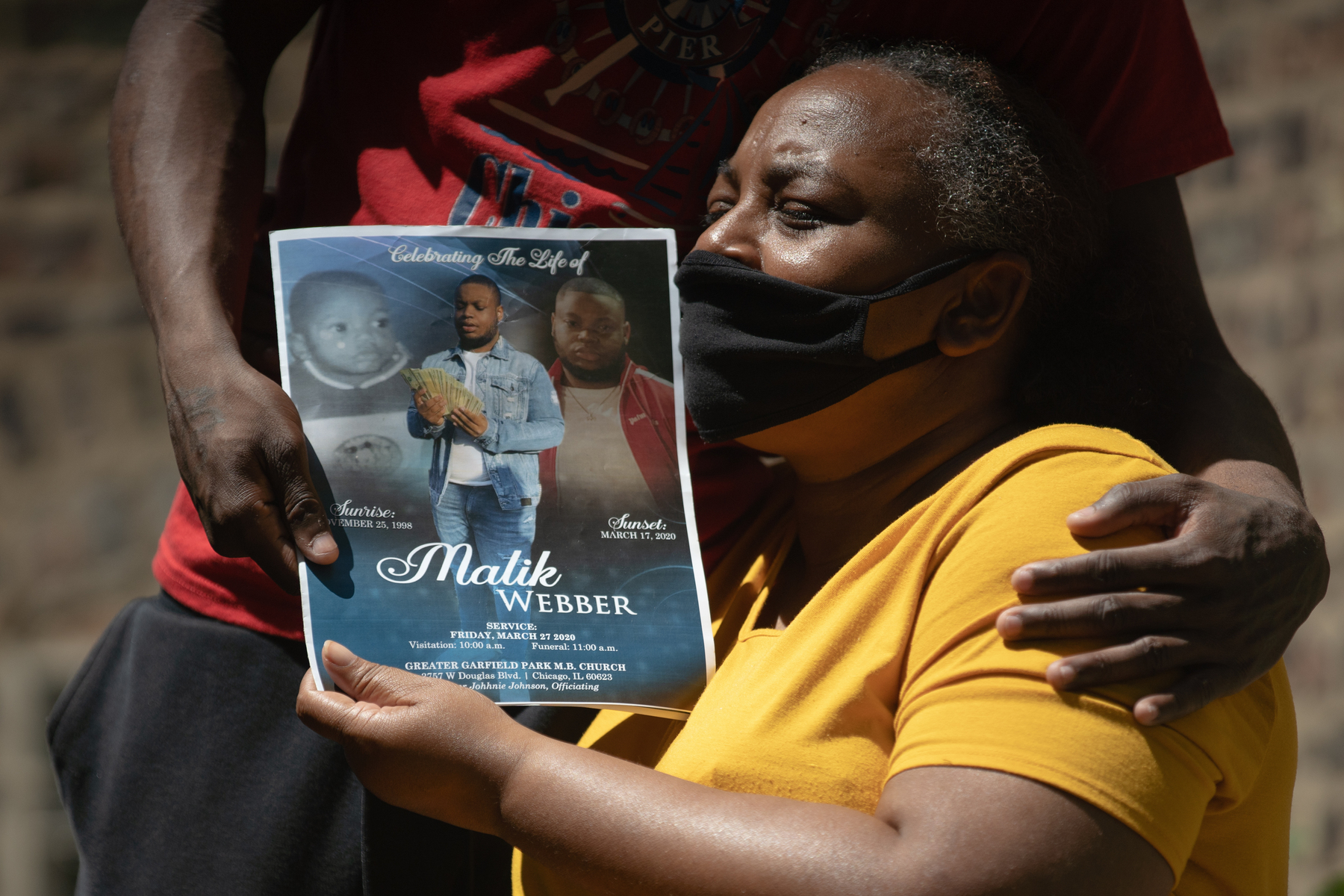What To Know Today
Suicides declined in 2020. The bright spot was revealed in provisional data from the CDC’s National Center for Health Statistics published in the Journal of the American Medical Association. A total of 44,834 Americans took their own lives last year, down from 47,511 in 2019 and the five-year high of 48,344 in 2018. Important caveats: The release doesn’t include numbers on how many suicides involved guns, and final 2020 data won’t be released until later this year. Moreover, the Centers for Disease Control and Prevention hasn’t released suicide figures among racial groups, and may not until as late as next year — but early reports indicate a possibly large decline in suicides among white Americans, compared to a rise in suicides among minority groups. A recent New York magazine analysis by data journalist Rob Arthur found that suicides in nine large major urban counties were up sharply among Black (17 percent), Latino (14 percent), and Asian residents (9 percent). That echoes a trend we observed in Chicago: The Trace’s Lakeidra Chavis reported that last year in Cook County, Illinois, suicides among Black residents reached their highest total in more than a decade, while falling to a near-decade low among white residents. [If you are having thoughts of suicide, help is available 24 hours a day: Call the National Suicide Prevention Lifeline at 1-800-273-8255 or text 741741 to reach the Crisis Text Line.]
The noncriminal justice system funding opportunities for the American Rescue Plan. The Alliance for Safety and Justice, a crime prevention and victim support organization, released a report detailing the grant opportunities for community-focused safety and violence prevention as a result of the $1.9 trillion stimulus and COVID-19 relief bill. “Remarkably, the ARP does not contain any of the typical federal funding augmentations for… criminal justice grant programs,” the report reads. “Indeed, nothing in the ARP is earmarked for expanded federal investments in police, prosecutors, jails,or prisons. That is a first.”
Achieving police reform through diversity: “There has to be inclusion.” Willie L. Williams, chairperson of the National Black Police Association, tells the The Crime Report about the need for more diverse law enforcement at the highest levels. “In order for (police) culture to change there has to be inclusion,” he says, adding: “But it takes time, commitment, determination ― and people who want it. And right now, by not having those people in place to push back those old demons that want to keep policing the same, it’s hard.” Related from The Trace: In December, we profiled Marilyn Thompson, a Black police officer in Arkansas who believes policing would be more compassionate — and effective — if police departments reflected their communities.
Supreme Court again takes no action on a notable open carry case at its latest proceeding. That means a justice either needs more time to write a dissent against taking NYSRPA v. Corlett or that the court will relist it and discuss it at a later conference. The case could establish whether there is a constitutional right to carry outside the home. Implications from the court’s decision to relist? “A case that has been relisted once has a 32 percent chance the court will grant review and hear argument,” notes legal expert John Elwood about the court’s term in 2017-18, a number he expected has since fallen. (H/T Jacob Charles)
Later Today: The Trace’s Alain Stephens joins a panel on how media covers guns and mass shootings. At 1 p.m. EST, the Columbia Journalism Review is holding a virtual summit that will also include journalists from The New York Times, The Washington Post, The Guardian, and more. You can sign up here.
Data Point
17 — the number of states that will allow concealed carry of handguns without permit requirements after Tennessee enacts a permitless carry statute, which the Republican governor said he will sign soon. Last week, Iowa’s GOP governor signed a similar bill. [The Des Moines Register]

